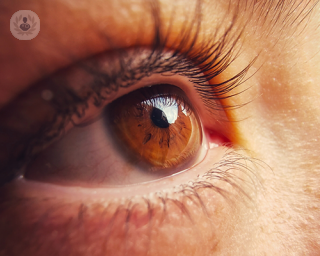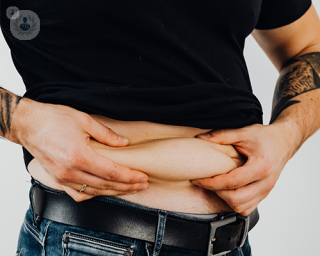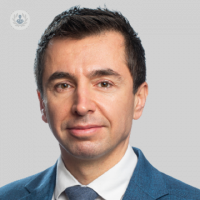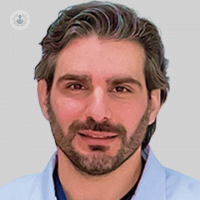Microsurgery
Miss Samantha Levin - Ophthalmology
Created on: 07-26-2013
Updated on: 04-27-2023
Edited by: Conor Dunworth
What is microsurgery?
Microsurgery covers any procedure that involves the use of a specialised operating microscope and precision instrumentation to perform complex, small-scale operations.
Microsurgery techniques represent a great advance over traditional surgical methods, where large incisions and bone openings were often necessary, and some conditions were simply impossible to treat because the surgeon could not adequately see what they were doing. Microsurgery is therefore more precise and much less invasive.
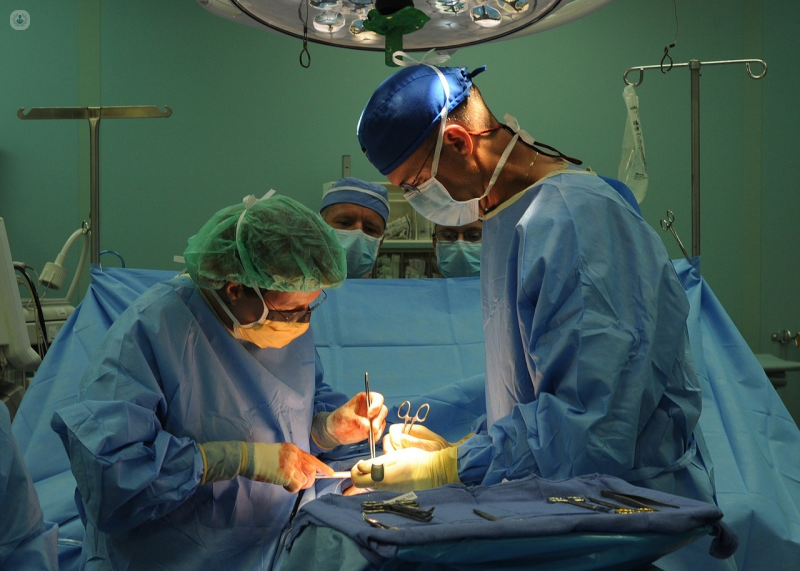
What does microsurgery involve?
Microsurgery involves making use of the following equipment:
- microscope – used to magnify the area being targeted onto a monitor
- bright light source – often combined with keeping the overall light levels in the operating theatre low
- forceps and other instruments – these are specialised instruments designed for precision and to counteract the natural tremor in a surgeon’s hand
- specialised thread and needs – for stitching
These tools are generally used to manipulate and repair blood vessels and nerves.
Why is it done?
Microsurgery techniques are used in a wide range of medical fields, including neurosurgery, plastic surgery, ophthalmology , orthopaedic surgery, and general surgery. The development of microsurgery techniques has also made it possible to perform the following procedures:
- free tissue transfer – if a patient has suffered from serious injury, and a part of the body cannot be treated with skin grafts or stitching, free tissue transfer involves taking tissue from another part of the body to achieve reconstruction
- replantation – this is an emergency procedure which aims to reattach a body part which has been amputated, most commonly a finger or toe.
- transplantation – if replantation is not possible, sometimes it is possible to reconstruct a body part via a transplant. The most commonly known is a toe-to-thumb transplant, to replace an amputated thumb with the big toe.
What to expect
Microsurgery is performed under anaesthetic. After the operation you are likely to need to stay in hospital for a few days. During this time:
- the nurses will monitor the site of the procedure regularly
- you may be given medication to thin your blood
- you may be given antibiotics to help prevent infection
- you may be on an IV drip to keep the blood flowing properly
It is also important that you are kept warm and that the site of any replantation, whether your hand or foot, is kept elevated to minimise swelling and let liquids drain. When you leave the hospital, you’ll be given instructions for aftercare, which will generally involve getting plenty of rest and refraining from smoking.

